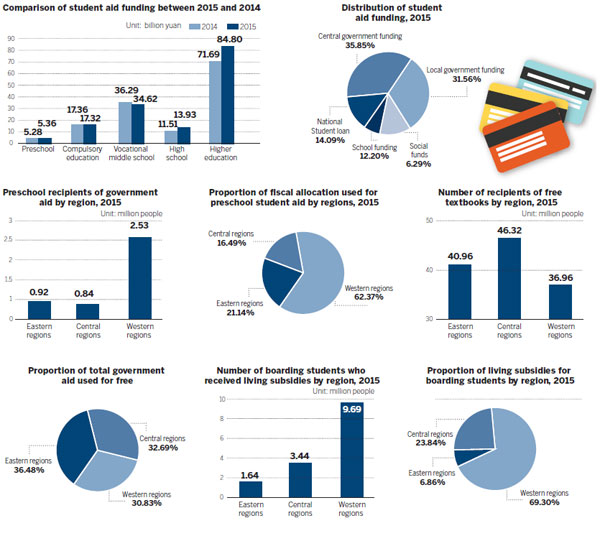Understanding Federal Loans: Your Comprehensive Guide to Federal Student Aid
Guide or Summary:What Are Federal Loans?Types of Federal LoansEligibility for Federal LoansBenefits of Federal LoansHow to Apply for Federal LoansWhat Are F……
Guide or Summary:
- What Are Federal Loans?
- Types of Federal Loans
- Eligibility for Federal Loans
- Benefits of Federal Loans
- How to Apply for Federal Loans
What Are Federal Loans?
Federal loans are financial aid options provided by the government to help students pay for their education. Unlike private loans, federal loans typically offer lower interest rates and more flexible repayment options. They are designed to make higher education more accessible to students from all backgrounds.
Types of Federal Loans
There are several types of federal loans available to students:
1. **Direct Subsidized Loans**: These loans are available to undergraduate students with demonstrated financial need. The government pays the interest while the student is in school, during the grace period, and during deferment.
2. **Direct Unsubsidized Loans**: Available to both undergraduate and graduate students, these loans do not require proof of financial need. However, interest accrues while the student is in school.
3. **Direct PLUS Loans**: These loans are available to graduate or professional students and parents of dependent undergraduate students. They can help cover the remaining costs of education after other financial aid has been applied.
4. **Direct Consolidation Loans**: This option allows students to combine multiple federal loans into a single loan, simplifying repayment and potentially lowering monthly payments.

Eligibility for Federal Loans
To qualify for federal loans, students must complete the Free Application for Federal Student Aid (FAFSA). This application assesses the student’s financial situation and determines their eligibility for various types of federal aid, including loans, grants, and work-study programs. Factors such as income, family size, and the cost of attendance at the chosen school are considered during this process.
Benefits of Federal Loans
Federal loans offer several advantages over private loans:
- **Lower Interest Rates**: Federal loans generally have lower interest rates compared to private loans, making them more affordable over time.
- **Flexible Repayment Plans**: Borrowers can choose from various repayment plans, including income-driven repayment options that adjust monthly payments based on income.
- **Loan Forgiveness Programs**: Certain federal loans may be eligible for forgiveness after a specified number of qualifying payments, especially for those working in public service jobs.

- **Deferment and Forbearance Options**: If borrowers face financial hardship, federal loans offer options to temporarily postpone payments without damaging their credit score.
How to Apply for Federal Loans
Applying for federal loans starts with completing the FAFSA. Here are the steps to follow:
1. **Gather Required Documents**: Prepare necessary documents such as tax returns, W-2 forms, and information about your family’s finances.
2. **Complete the FAFSA**: Fill out the FAFSA online at the official website. Ensure that you list all schools you are considering so they can receive your financial aid information.
3. **Review Your Student Aid Report (SAR)**: After submitting the FAFSA, you will receive a SAR that summarizes your information. Review it for accuracy.

4. **Receive Your Financial Aid Offer**: Schools will send you a financial aid offer detailing the types and amounts of aid you are eligible for, including federal loans.
5. **Accept Your Loans**: Decide which loans you want to accept and follow your school’s instructions for completing the loan process.
Federal loans are a critical resource for students seeking to finance their education. With various types of loans available, flexible repayment options, and the potential for loan forgiveness, federal loans can significantly ease the financial burden of attending college. Understanding the ins and outs of federal loans can help students make informed decisions about their education financing. By completing the FAFSA and exploring the options available, students can take the first step toward achieving their academic goals without overwhelming debt.